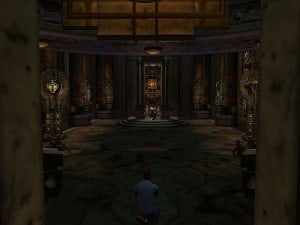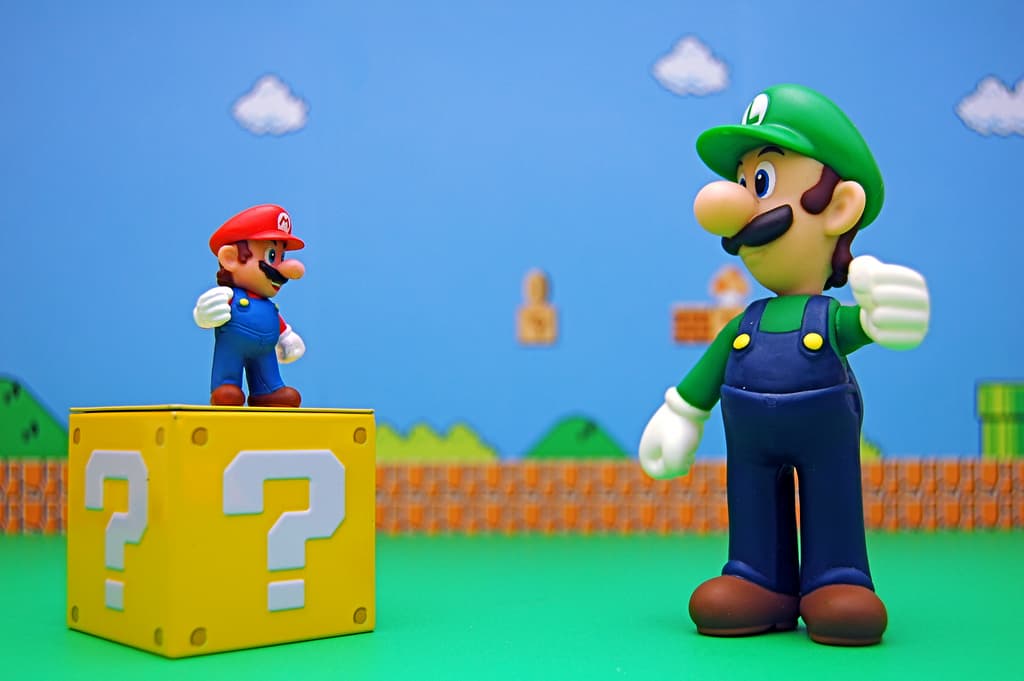
Mystical Temple
When you live in the rarefied realm of a Jesuit community, you quickly get to know your brothers, inside and out, and it was not long after I entered this least Society before my own secret was revealed: I am a video gamer. I took some good-natured ribbing (and still do!) over my hobby. Video games can be childish, grotesquely violent, and the culture can even become bullying to any who are outside the presumed “core” demographic of young, straight male Americans.
In spite of that, one of the things that attracts me to these games is the ability to enter into an otherworldly experience. Like any good work of the imagination, video games can draw us into new and fantastic places. So well can video games create new realities through design that the Museum of Modern Art in New York City now has an exhibit on video games. Paola Antonelli, the MoMA curator of architecture and design, highlighted her hope in this Ted talk that such an exhibit challenges people to expand their notions of what count as important designs in our world. Check it out:
Video games are often products of great imagination, and video game developers even engage true artists in bringing them to life. Check out this collection of beautiful art in video games. Concept art is the foundation of many ambitious games, and the work of artists such as Jesse Van Dijk or Levi Hopkins is quite impressive. Even music is part of the imaginative engagement of video games.
But, for me, the best is when a game, like any good art, calls us outside of ourselves into an engagement with the deeper realities of life. Recently, a very good Jesuit friend of mine sent me a link to this story about the religious themes in the game Panzer Dragoon Saga. It isn’t just a simple reflection on religion, though. The author argues that Panzer Dragoon Saga is an allegory that explains the Christian doctrine of the Trinity (ummm…spoiler warning for this not-quite two-decade old game).
Team Andromeda, the long-lost Sega Saturn developer, created an object lesson about the holy trinity in its revered 1998 role-playing game, Panzer Dragoon Saga. There’s the designer of the game, the creator of everything you experience, and there’s a hero in your control. Except supposedly, you’re not playing as Edge, the hero, nor are you the playing the role of the awesome dragon he rides. As the game explains in its closing moments, you fill the role of Holy Spirit. By shattering the fourth wall in a terrific, unsettling reveal at the tail end of the quest, Saga not only re-contextualizes everything that came before, but it also paints a full, meaningful portrait of the Holy Spirit in action.
This is a fascinating approach, and what intrigues me about video games. Yes, it is so frustrating when, at their worst, the testosterone-fueled excesses of video games win out over these deeper themes. But at their best, they offer us a deeper reflection not only on our world, but on the transcendent and mystical. By drawing us into new imagined realities and allowing the player to have a relationship with these avatars, they are analogous to the great works of literature, of cinema, of music, and, yes, even fine art.
***
Cover photo of Mario and Luigi by Flickr user JD Hancock can be found here.


